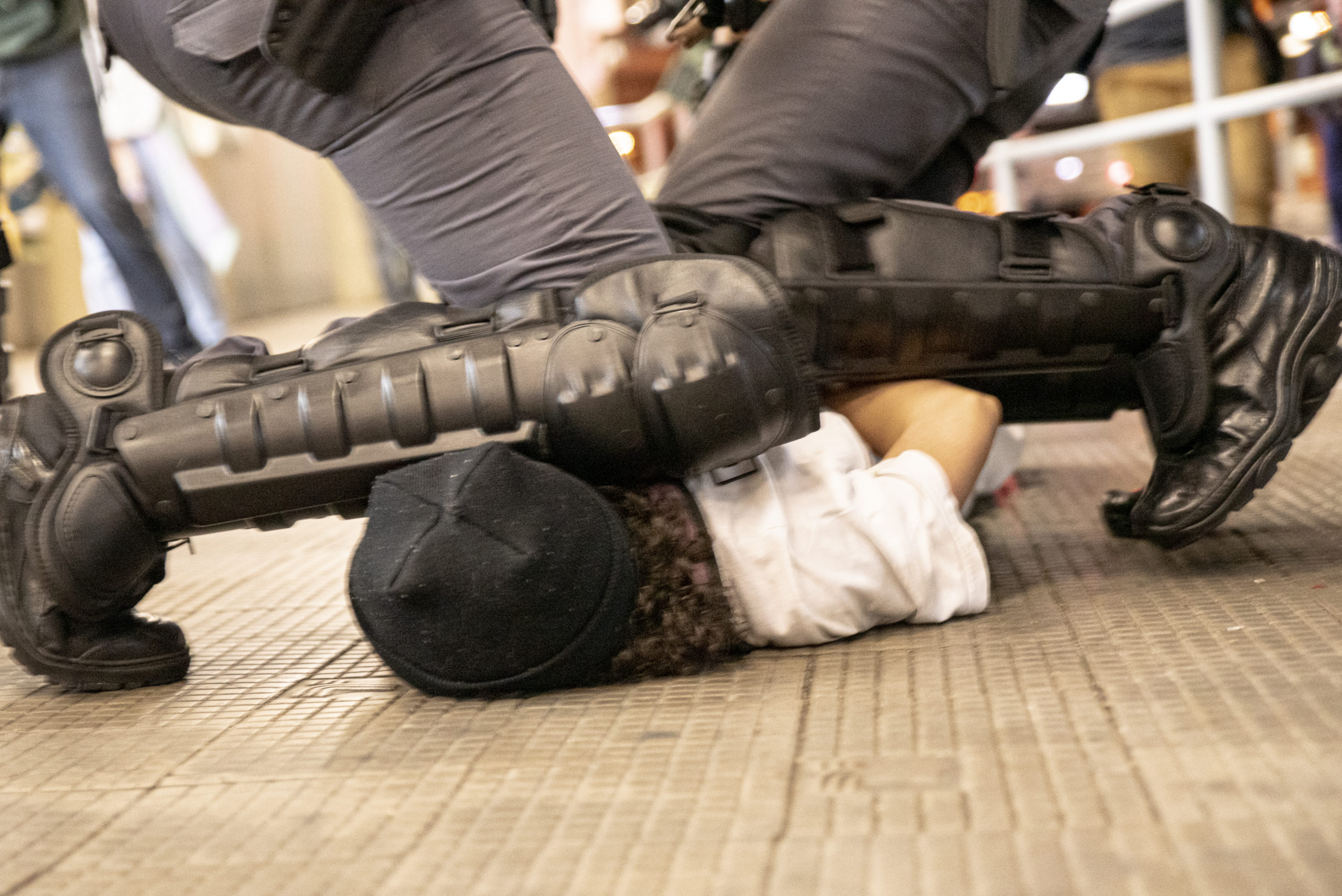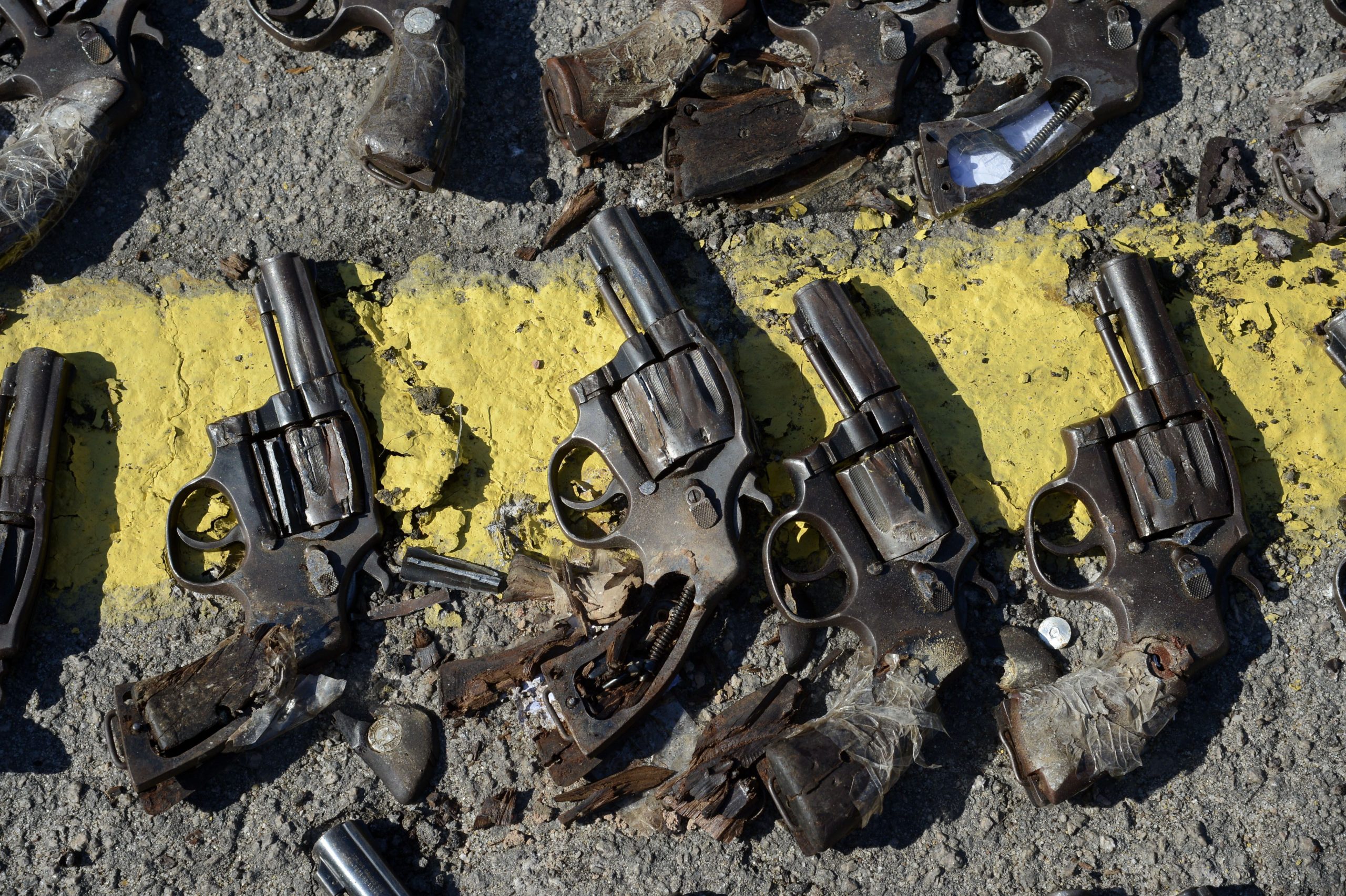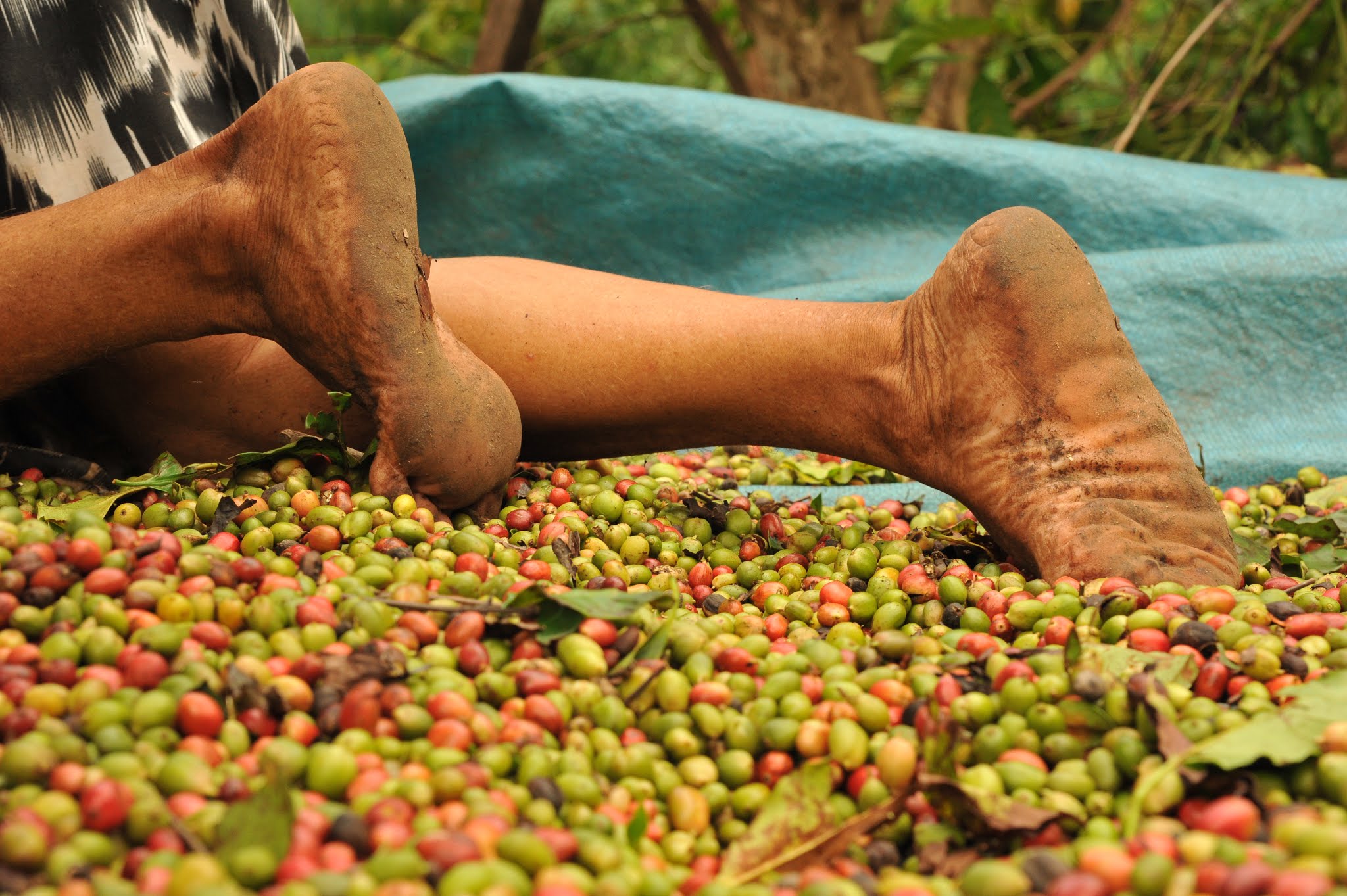Police violence: how to take a statement from a victim of invisibility?
Report presents recommendations so that complaints are investigated and victims compensated
 Foto: Daniel Arroyo/Ponte Jornalismo
Foto: Daniel Arroyo/Ponte Jornalismo
“He stamped on my back when I told him I was pregnant. It was a Military Police officer, the same one who took me to the station, I can identify him”. This is an account by a woman who was arrested in the state of São Paulo and taken to the Criminal Courthouse of Barra Funda, the largest in Latin America. The case was shelved without any punishment of those involved. The same thing happened in another 52 cases of people who claim to have been victims of police violence or torture between 2015 to 2018.
The invisibility and irrelevance of the victim’s statement in investigations of violence committed by police officers are important elements of the recently published study “Labyrinthine Investigations: the course of inquiries into reports of police violence made at custody hearings”, conducted by Conectas and IDDD (Defense of the Right to a Defense Institute).
In Brazil, when an arrested person claims to have been a victim of police violence, the first opportunity to be heard and report the abuse is at the police station. However, in most cases, the person is not accompanied by an attorney and is taken to the police chief by the aggressors themselves. This means the main chance of it being reported is at the next stage, the pre-trial custody hearing, which occurs within 24 hours from the arrest. But in practice, this is not what happens.
“Although custody hearings are an important tool and the time when the most attention is given to the statement of the victim, they are unfortunately a wasted opportunity,” said Carolina Diniz, an advisor for the program to combat institutional violence at Conectas.
As one of the people responsible for the study, she explains that in the hearing, when the alleged aggression is still recent, the chances are higher of securing evidence to investigate the police violence (such as security camera footage) and hearing witnesses referred by the victim. However, in none of the 53 cases analyzed in the study were the witnesses referred by the victims of aggression heard.
Otavio Constantino, a lawyer who worked on the selection of cases analyzed by the report, said there is an institutional structure in place whose only function is to shield police officers from investigation. “It was hoped that presenting the detainee before a judge within 24 hours, away from the context of police officers and the police station, would embolden them to report aggression and to some extent this is true. However, after analyzing the procedures and actions of the officials involved, it is clear that they have in fact created several layers of unconstitutionalities that suppress and mischaracterize the complaints.”
Data from the National Justice Council reveal that in the 756,022 custody hearings held until April 25, 2021, a total of 45,077 people reported mistreatment and police violence, which corresponds to less than 6% of all the hearings.
The report published by Conectas and IDDD reveals that the documents that should be used to investigate violent conduct by military police officers – such as the statement of the victim, the testimony to the judge, the physical examination by the Forensic Medical Institute and the analysis of public defenders and prosecutors – end up as succinct and perfunctory reports that downplay the physical violence and the psychological abuse against the victims.
The case of the pregnant woman mentioned at the start of this article, for example, was described after the physical examination as a “victim of aggression by feet”. In another, a woman reports: “He stuffed his hand inside my bra and down my knickers to search me. They were two male cops. They were the same cops that took me to the police station”. In the report, the sexual abuse was summed up as: “the examinee did not provide information of medical and legal interest on the injuries”.
According to Diego Polachini, a public defender from the department of police inquiries of the state of São Paulo, the matter is complex and requires changes in the court system and in the Executive and Legislative branches. “There is a strong militarization in the National Congress and in the legislatures of each state. The narrative being defended is that there is no police violence and when it does occur, it is justified. We need to review and reassess the whole process and those who participate in it,” he said.
Recommendations for removing victims from invisibility
- At the police station, the victim should be accompanied by a public defender or private attorney.
- In the custody hearing, the victim needs to be questioned as a victim, not as an alleged offender, and this should happen in the absence of military police officers. The statement, which is recorded, should be transcribed, since the footage is disregarded afterwards.
- No documents, witnesses or images of the victim should be accessed by or shared with the military police.
- When police violence is suspected, it is necessary to guarantee the integrity of the prisoner, his family and the witnesses.
- The institutions of the justice system should start investigating the violence immediately after the custody hearing so as not to waste investigative opportunities.
- It is important for the Public Defender’s Office to participate throughout the entire investigation of the alleged police violence.
- Notary offices should periodically publish data on the investigations with breakdowns in gender, race, region and the institutions involved.
- The physical examination should be conducted by a transdisciplinary team formed by doctors, psychologists and social workers, and the examination should take place in an environment equipped under the terms of the Istanbul Protocol.
- The investigation of police officers accused of violence must not be carried out within the Military Justice system, but instead by an independent body.
- The government should publish statistics on police violence periodically to inform prevention policies.


